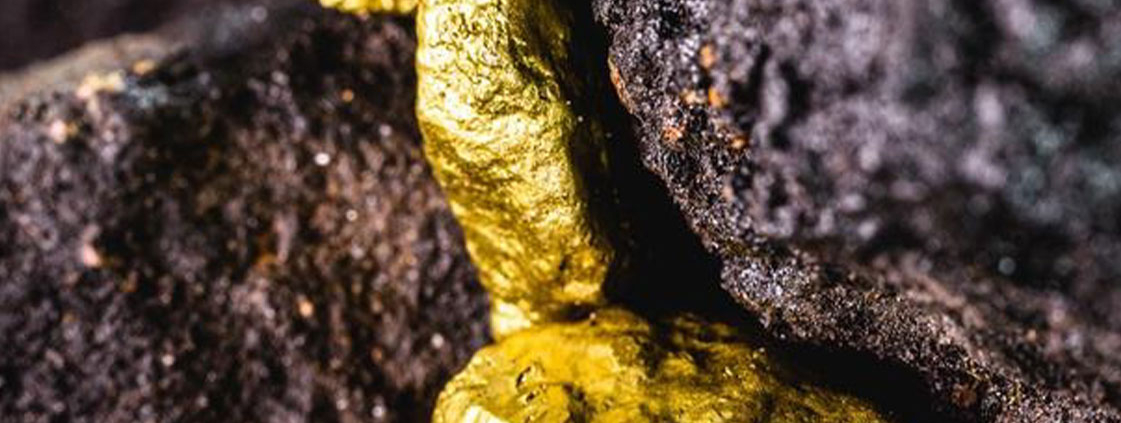Purification and refining of precious metals
Refining and purification of precious metals, including gold, silver, platinum, rhodium, and other similar metals, is a complex process aimed at separating these metals from impurities to obtain pure metal. These processes have been in use since ancient times, and with technological advancements, they have gradually improved over time.
۱
۱.Gold Refining
Gold is one of the most important precious metals, and due to its high value, its refining processes require great precision. There are various methods for refining gold, including:
Cyanidation Process: One of the most common methods for extracting and
refining gold is the use of a cyanide solution. In this process, gold ore is combined
with a cyanide solution, dissolving the gold into the solution, which is then
recovered using zinc or activated carbon.
Cyanidation Process: One of the most common methods for extracting and refining gold is the use of a cyanide solution. In this process, gold ore is combined with a cyanide solution, dissolving the gold into the solution, which is then recovered using zinc or activated carbon.
Cupellation Method: In this method, gold and other precious metals are separated
from impurities through heating and the use of oxidizing agents. This method is
particularly used for gold that contains a lot of impurities.
Cupellation Method: In this method, gold and other precious metals are separated from impurities through heating and the use of oxidizing agents. This method is particularly used for gold that contains a lot of impurities.
۲.Silver Refining:
Silver, like gold, has been used since ancient times for making jewelry and coins. The silver refining process involves the following steps: Electrolysis Method: In this method, silver is placed in an electrolytic cell, and pure silver is deposited on the cathode by passing an electric current. Due to its high precision, this method is used to produce silver with very high purity. Cupellation Method: Similar to gold refining, this method involves melting silver along with oxidizing agents to separate the impurities.
۳.Platinum Refining:
Platinum is another precious metal widely used in industry and jewelry making. Platinum
refining usually involves the following steps:
Aqua Regia Method: This method involves dissolving platinum in a mixture of nitric acid
and hydrochloric acid. Platinum is dissolved as chloroplatinate, which is then recovered
as pure platinum using other chemical methods.
Chlorination Process: In this method, platinum is converted into platinum chloride, which
is then reduced to pure platinum using heat and appropriate chemicals.
Platinum is another precious metal widely used in industry and jewelry making. Platinum refining usually involves the following steps: Aqua Regia Method: This method involves dissolving platinum in a mixture of nitric acid and hydrochloric acid. Platinum is dissolved as chloroplatinate, which is then recovered as pure platinum using other chemical methods. Chlorination Process: In this method, platinum is converted into platinum chloride, which is then reduced to pure platinum using heat and appropriate chemicals.
۴.Rhodium Refining
Rhodium is a rare and extremely valuable metal that, due to its unique physical and chemical properties, is used in the automotive industry and jewelry making. The rhodium refining process includes: Dissolution in Specific Acids: Rhodium is typically obtained by dissolving it in sulfuric or nitric acid and then undergoing chemical purification steps. Electrolysis Method: Similar to silver refining, electrolysis is also used in this method to separate pure rhodium from impurities.
۵.Refining Other Precious Metals:
Other precious metals, such as palladium, iridium, and osmium, also have similar refining methods, which are chosen based on the chemical and physical properties of these metals.




Leave a Reply
Want to join the discussion?Feel free to contribute!